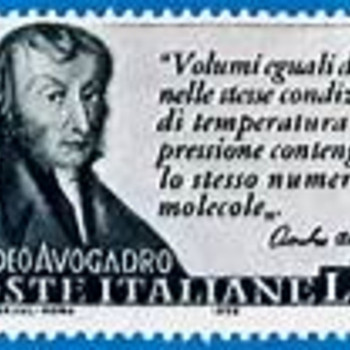Hydrocarbons (of all stamps) react with oxygen to give #CO_2# and #H_2O#. Sometimes the carbon in hydrocarbons, where oxygen is limited, react to give particulate #C#, and gaseous #CO# (this occurs particularly in diesel engines). Balance the carbons (as #CO_2# for complete combustion), then the hydrogens (as water), and then the oxygen reactant (it doesn't matter if I have a half coefficient, because I could remove it by doubling the entire reaction:
#2C_4H_10(g) + 13O_2(g) rarr 8CO_2(g) + 10H_2O(g)#
For every reactant particle is there a corresponding product particle? Hmm, #8C's#, #20H's#, #26O's#. So this equation is indeed stoichiometrically balanced, as required.
You should try this routine with other hydrocarbons, #CH_4#, #H_3C-CH_3#, hexane, kerosene, diesel. These questions invariably appear on A level exams, and with a little bit of preparation they are trivial exercises. Good luck!

